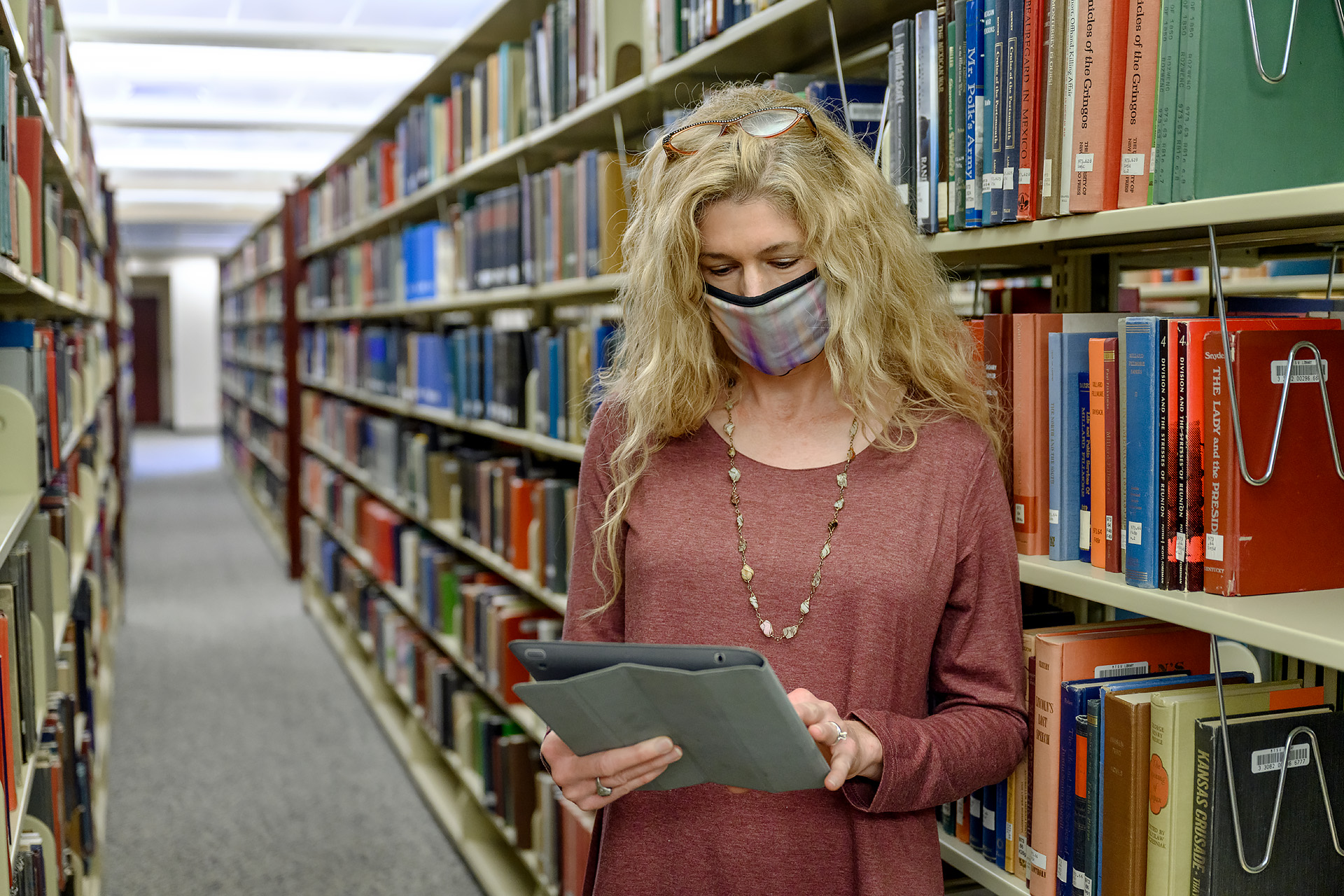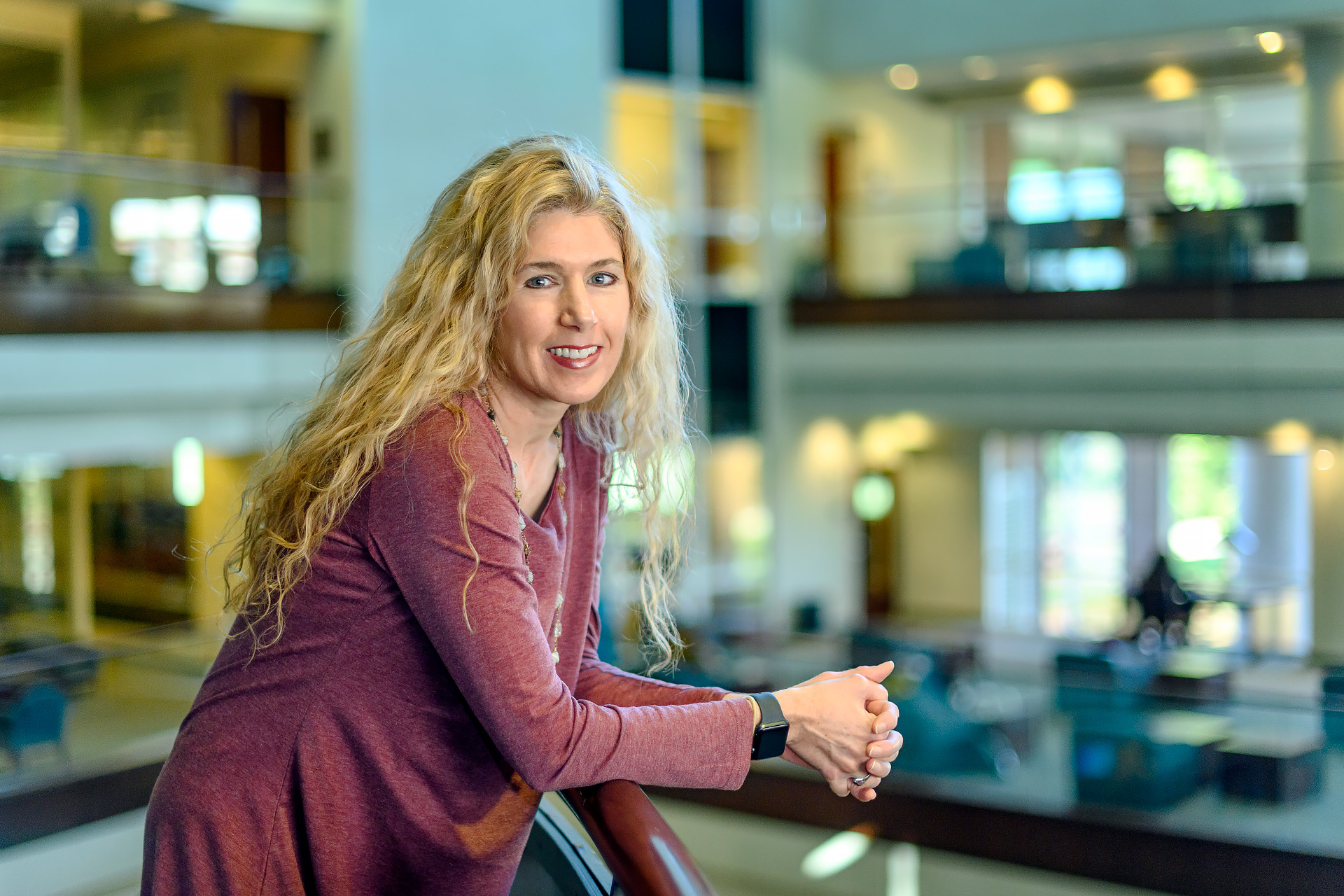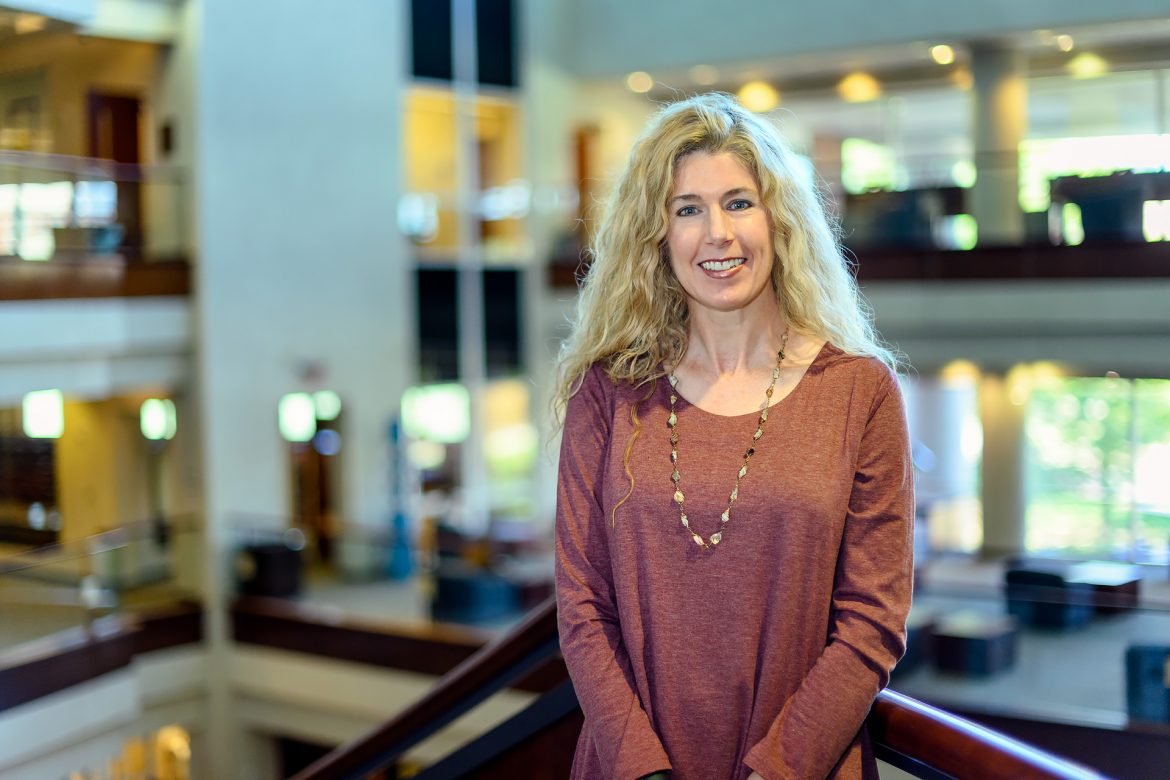When it comes to coping with transitioning to a more virtual environment, the James E. Walker Library already was ahead of the game. However, interim associate dean Christy Groves never saw the COVID-19 pandemic as an opportunity for the library to settle for the status quo.
“I got more involved in developing videos and doing online sessions via Zoom,” Groves said. “We’ve spent a good portion of time devoting our attention to making resources that students can utilize at a distance, the training materials we have so that students can have a good understanding at a point of need.”
With more than 115,000 journals, 1 million books, 500 data bases and more than half a million electronic books, Walker Library is well stocked with the resources that the university needs. Now it’s a matter of making sure that the campus community can access them more safely than ever before.
To that end, Groves has facilitated a number of assessments and outreach initiatives that keep the library vital and even more relevant than ever. One of these was an end-of-spring semester review to find out whether the library had met users’ needs at a time when the university was functioning mostly off-campus.
“We felt like everyone had an understanding about these unprecedented circumstances we were in, and I think it really showed that we, as a library, want to support our students,” Groves said. “We wanted to figure out a way that we could meet those needs and rise to that kind of challenge.”

Profile portraits for Christy Groves, Interim Associate Dean for the Walker Library. (Photo: J. Intintoli)
In addition to the “pull-and-hold” practice of pulling items in the physical collections that students wanted to check out and dispensing them from the vestibule inside the front doors, the library discovered ways to continue partnerships with entities outside the university.
Groves found that some adjustments were necessary to continue the library’s existing partnership with area high schools in which top achieving students, mostly seniors, are introduced to a college-level academic library.
Before the pandemic, these students would receive an orientation led by Groves and user services personnel. They would go on a field trip with chaperones and school media librarians. When COVID-19 became a major issue, this program was in limbo for a time while Groves worked with school media specialists to determine the students’ needs.
Ultimately, the students, some of whom already were dual-enrolled, were given the opportunity to obtain a Walker Library card that would give them access to materials whether they were physically in the library or accessing materials through Pipeline MT.
Groves’ metrics show that the library website’s most popular pages are those related to databases or reserving what are now solo instead of group study spaces. Pages on how to borrow and check out materials also are popular. Groves said log-ins to physical library computers are down 70%, but use of the JEWL search website function is down only 7%.
“What that’s showing us is that people are still utilizing our resources, but they’re just not doing it from the building,” Groves said.

Profile portraits for Christy Groves, Interim Associate Dean for the Walker Library. (Photo: J. Intintoli)
During the summer, all chairs were pulled from each table except one, and computer use was restricted to every other carrel to meet social distancing protocols. Soft chairs were pulled apart for distancing purposes.
However, to prepare for library use after the pandemic, Groves is assessing through unobtrusive observation where students who visit the building sit and the furniture on which they sit.
“That might help us with determining how we want to arrange seating when we come out of the pandemic,” Groves said. “It might help us determine if we want to reorganize the spaces that we provide for quiet study or for group studies.”
Groves said she could not accomplish all of her endeavors without the support of interim library dean Jason Martin and her colleagues. She singled out Martin for being flexible in accommodating employees’ needs in balancing at-home and on-site working arrangements.
“Our goal is simply emerge from this in a way that we can best position ourselves to be where people need us when … social distancing protocols end,” Groves said.
— Gina Kerra Logue (gina.logue@mtsu.edu)


COMMENTS ARE OFF THIS POST